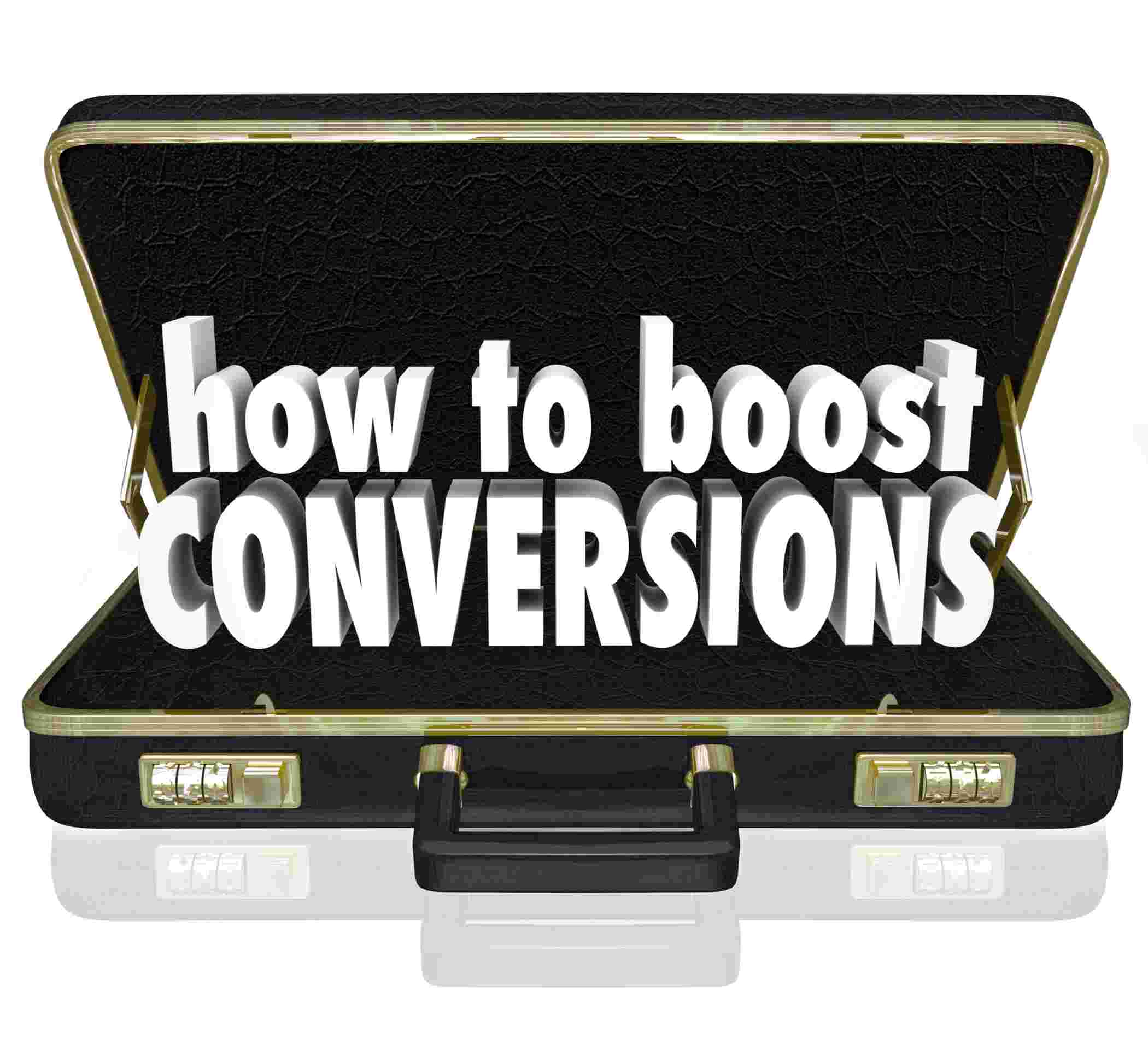Inside the Mind of your Customer - How the Mind Works and Interprets Information So you Can Catch Their Attention



Discovering what a consumer needs from a brand is the key to driving greater sales. A person's subconscious has fewer than 90 seconds before it makes choices. To encourage them to choose their products, a brand has only 90 seconds to attract their attention and elicit emotional experiences.
Consumer psychology studies how ideas, beliefs, emotions, and judgments affect consumer choices and interaction with products and services. Consumer psychology is the scientific study of people, groups, or organizations and the process they employ to identify, obtain, utilize, and dispose of items, services, activities, or beliefs to meet their requirements, and the effects these processes have on overall consumer satisfaction.
Navigating around short attention spans
Many purchasers don't have the attention span to take in the information that is being presented to them. The culture of instant gratification and availability of goods and services at the snap of a finger, means that people really don’t have the patience or the attention span to wait. This has presented several challenges to brands - how to grab and hold the attention of potential customers?
Savvy marketers have figured out how to get around these constraints—recognizing why and how the consumers respond to situations is at the heart of successful customer satisfaction marketing. Because people have their eccentricities, human behavior isn't always predictable or rational, but luckily for businesses, psychology has developed enough to make it predictable.
The importance of buyer persona

Defining the target audience is one of the most straightforward strategies to stand out, while placing quality above all else. Using the Acquisitions tab in Google Analytics to identify which social media platforms, industry blogging, and specialized forums the site traffic originated from is one approach to delve further into client preferences. Then, using this knowledge, apply it to better understand when and how to contact them.
After you've created the buyer persona, make a list of organizations, communities, and discussion boards where the target audience enjoys their free time. Invest some time in these circles to learn about their interests and needs, and perhaps interact if you feel confident of doing so. Observe how they connect with others to get a sense of what they're saying.
Watch out for disruptive competition
People are confused about the actual meaning of the word 'disruptor' since it is currently used so casually. Despite the common opinion, a disruptive firm does not just perform something quicker and/or for less price than its competition.
In most industries, this is an area where there is a lot of space for development. The primary goal of disruption is to fulfill customers' requirements and increase the level of satisfaction. When businesses add new elements to established marketing strategies, they disrupt their industry. A business can question why a product or service doesn't make sense for their customer's needs.
Industry disruptors are most certainly motivated by one target customer's most recent and crucial choices. These disruptors are a perfect example of what it implies to put oneself in the customer's shoes. And they win customer satisfaction, and attention only because their older and bigger competitors refused to acknowledge these significant shifts in demand.
Leverage new consumer behaviors like the fear of missing out (FOMO)

Most customers engage in impulsive buying, regardless of how much authority they believe they have. Humans don’t want to miss out on anything, whether it's the latest Nike's collection that flies off the shelves or running a marathon with their buddies. It’s more about being a part of an event, or having the latest product, rather than the actual event or product itself.
According to a psychological study, people's obsessive-compulsive traits, the flight-or-fight reaction, and the behaviors in reaction to urges are all manifestations of the brain. These are all conditions that lead to impulsive buying.
Scarcity and the fear of missing out (FOMO) attract attention. So, as a brand, it’s a good idea to make the most of this by providing limited-edition goods, limited-number orders, or deadlines and grab their attention in seconds.
Empathy generates attention and emotions
The human brain and the limbic system is comparable to that of animals. It controls how we communicate feelings. It also enables us to empathize with other individuals and creatures.
Cognition, recollection, attention, mentality, and personality are all influenced by it. Emotions have a lot of power. Businesses must establish an emotional connection between the brand and its customer. However, avoid generating a negative emotion for customer satisfaction.
Brands must also evaluate their emotional reactions when they improve their offering based on facts and analytics. They will not only fulfill the demands of your consumers, but you will also exceed their expectations.
Brands can show empathy and at the same time grab attention in several ways:
- Conduct surveys to get feedback and gain a better understanding of each user's perspective and what provides customer satisfaction.
- Make sure the company's reaction time and client engagement are excellent. Because if they are not, then there is no value in grabbing client attention.
Empathy is what makes anyone a great customer success supervisor because it allows you to fully comprehend what's going on inside your users' heads and what their true issues are.
A color scheme stimulates attention and buying decisions
Ninety-three percent of customers think the look of a product influences their buying decision. Color stimulates the consumer's primary emotional response and aids in the formation of first impressions of a commodity. Using unique colors in your adverts may capture the attention of customers in a way that a clever tagline can't. Because of the numerous associations that customers have with certain colors, color schemes may quickly capture their attention. Make every effort to enhance your visual material, including creating stunning product photos and front-load graphics on your website. Sites having a strong aesthetic impression are more likely to succeed in marketing.
Use the power of three
When it pertains to style, narrative, or anything else for that matter, odd numbers are usually preferable. The rule of three is founded on the notion that the consumer or audience is much more likely to pay attention to the information in groups of three in conversation and print.
This is because it triggers the human brain and misleads us into believing that repetition implies significance. Humans are masters at quickly growing used to new routines. This is mostly due to the necessities of survival.
When used in advertising and marketing pitches, the rule of three will help the product stand out in a competitive market, and improve brand recall. The rule of three nowadays is an always-on CRM approach that uses various platforms to meet the level of customer satisfaction. Rather than presenting customers with several features, it's critical to explain how a product or service might enhance their lives in a more meaningful sense.
Conclusion
Psychology is a vast and ever-evolving field of study. This does not mean that brands make things more difficult than they need to be. There is still a need to understand not just what individuals want, but also why they want it. While several aspects contribute to the sale of goods, first impressions are crucial.
If you are looking to connect with leading suppliers and manufacturers to produce your next line of fashion or apparel, driven by consumer insights, get in touch with Fashinza.



















